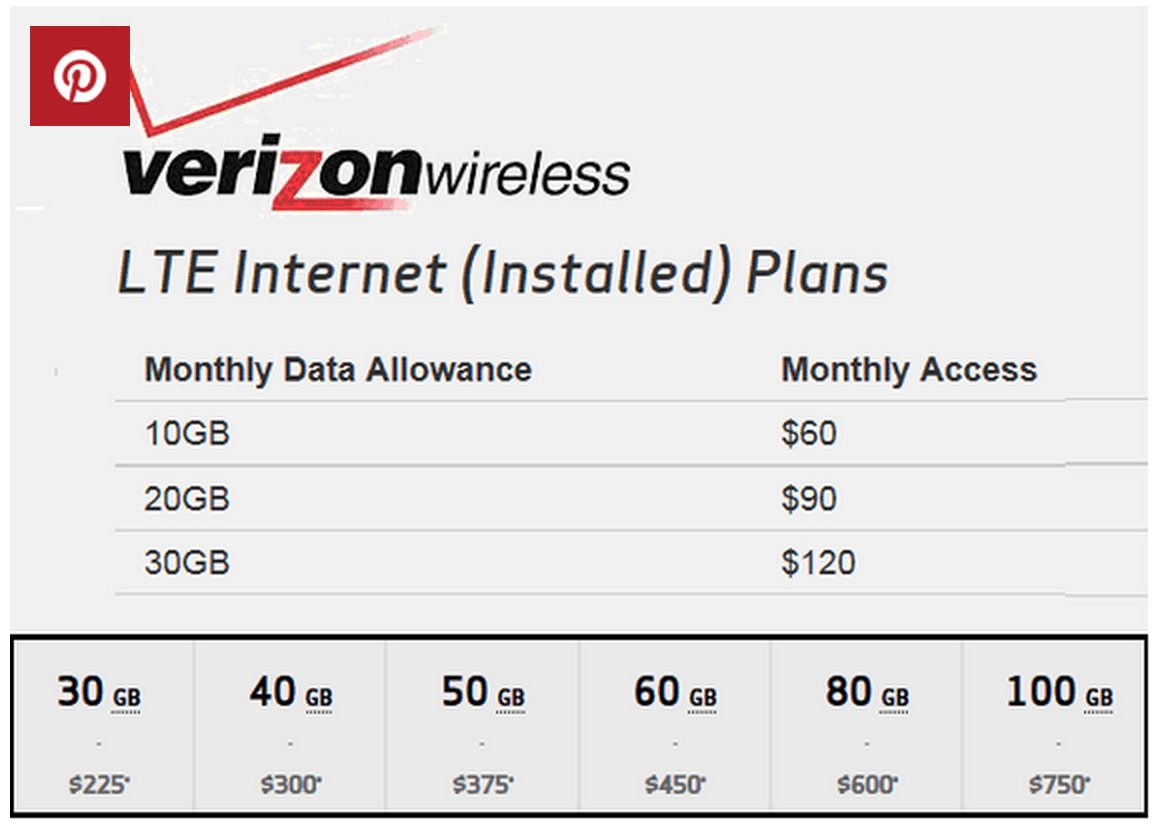A new blog post from the Huffington Post is calling out Verizon Communications and AT&T for their push to eliminate legacy copper networks. The post from Bruce Kushnick, executive director of the New Networks Institute, says the the two carrier giants are pushing to eliminate the old networks so they can increase data prices.
“This is all a con. The ‘IP transition’ is not about technology; it is designed to remove regulations and obligations and to shut off the copper networks so that the wireless companies, AT&T and Verizon, can sell you more expensive services.” Kushnick said in the post.
The “IP transition” he is referring to is in reference to FCC Chairman Tom Wheeler’s acknowledgement of the increasing focus on moving away from legacy networks.
In a Federal Communications Commission proposal, Wheeler said, ”Phone and Internet providers are increasingly replacing their legacy copper networks with next – generation networks that enable greater broadband speeds, efficiency, capacity and a wealth of innovative features.”
Kushnick is skeptical of the major carriers’ motives for the transition. “AT&T’s entire U-verse cable TV service is based on a copper-to-the-home service, not fiber optic, and history tells us that AT&T’s announced plans for fiber are just a ‘broadband carrot’ to push through the AT&T-DirecTV merger; most of this is just fiber-to-the-press-release,” he said. “Even AT&T’s new fiber optic ‘Gigapower’ announcements will only bring 15% of the 77 million locations to a fiber optic future (if they were actually deployed).”
The AT&T wireless home service fine print also worries Kushnick. In his post he highlights the document’s 911 stipulations. “A landline phone requiring separate power (e.g., cordless phone) connected to WHP device will not make/receive calls (incl. 911) during power outage,” the document says.
The chart below breaks down how much services such as cable TV and Netflix would cost the average customer under current data pricing from AT&T and Verizon on wireless networks.
It would cost the average Netflix watcher $1,050 to watch high-definition video at the current data prices for Verizon Wireless and AT&T Mobility, and $3,225 to watch HD cable TV.
Below are the data pricing structures for the two carriers.
Kushnick points to the AT&T ‘IP transition’ trials in Carbon Hill, Ala., as the beginning of “the con.” The carrier plans to shut off 60% of its phone lines in the area and replace it with wireless.
He says Verizon is also starting the transition:“Verizon announced it is no longer upgrading its copper networks to fiber optics, leaving about 50% uncovered. And in Pennsylvania and New Jersey, Verizon has gone to each state to get rid of requirements to offer wired, very fast broadband for slow, expensive wireless, claiming it is a substitute for the wired networks.”
But while Kushnick is skeptical, trade associations such as USTelecom, a trade association representing broadband service providers and suppliers, are on board with the transition and trying to help aid the process. “Modernizing legacy communications networks is a key goal for the country and our members are working to install fiber and Internet protocol technologies throughout their networks,” USTelecom noted. “The FCC’s proposed update to facilitate these technology transitions should be a helpful step in ensuring that consumers and businesses understand and move through the transitions to newer broadband, voice and data services.”
It appears that no one disputes the claim that the transition is happening. What remains to be seen is how it will in fact effect the customers overall experience.




